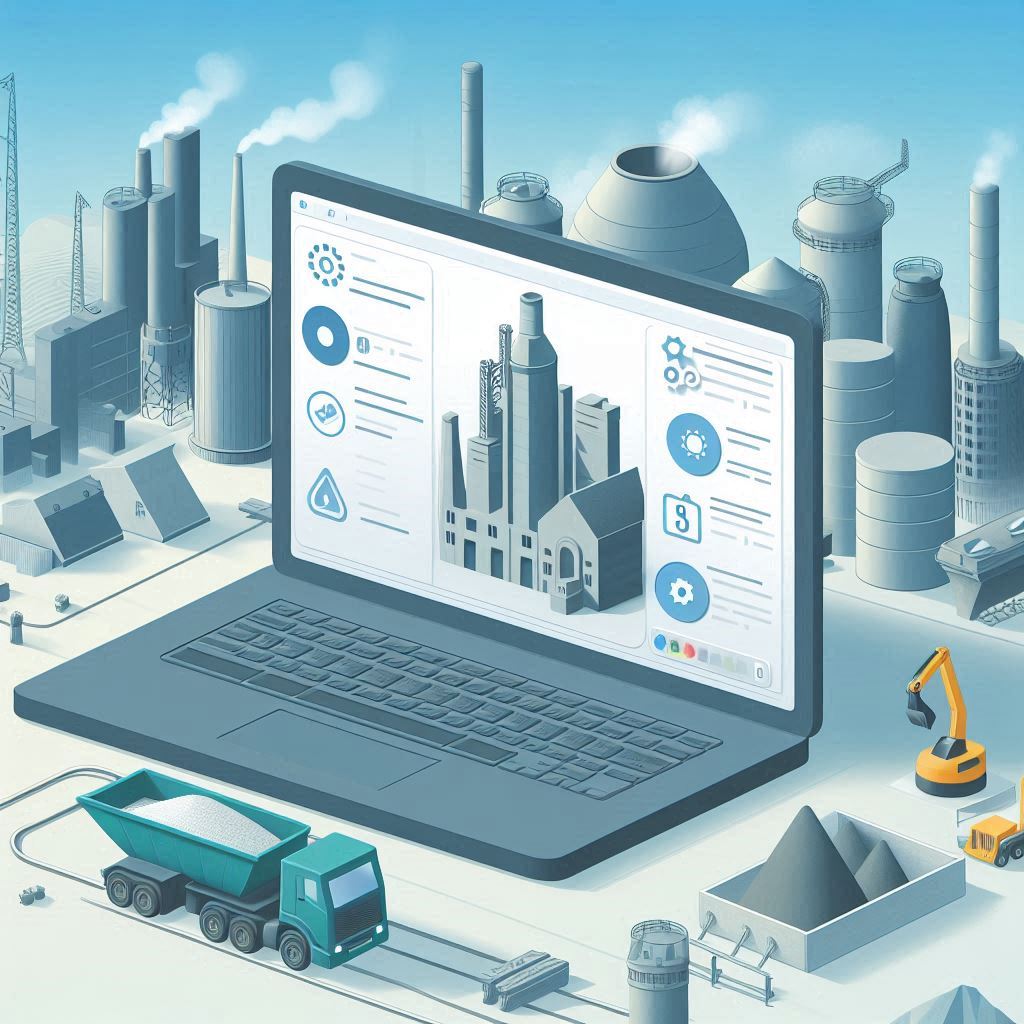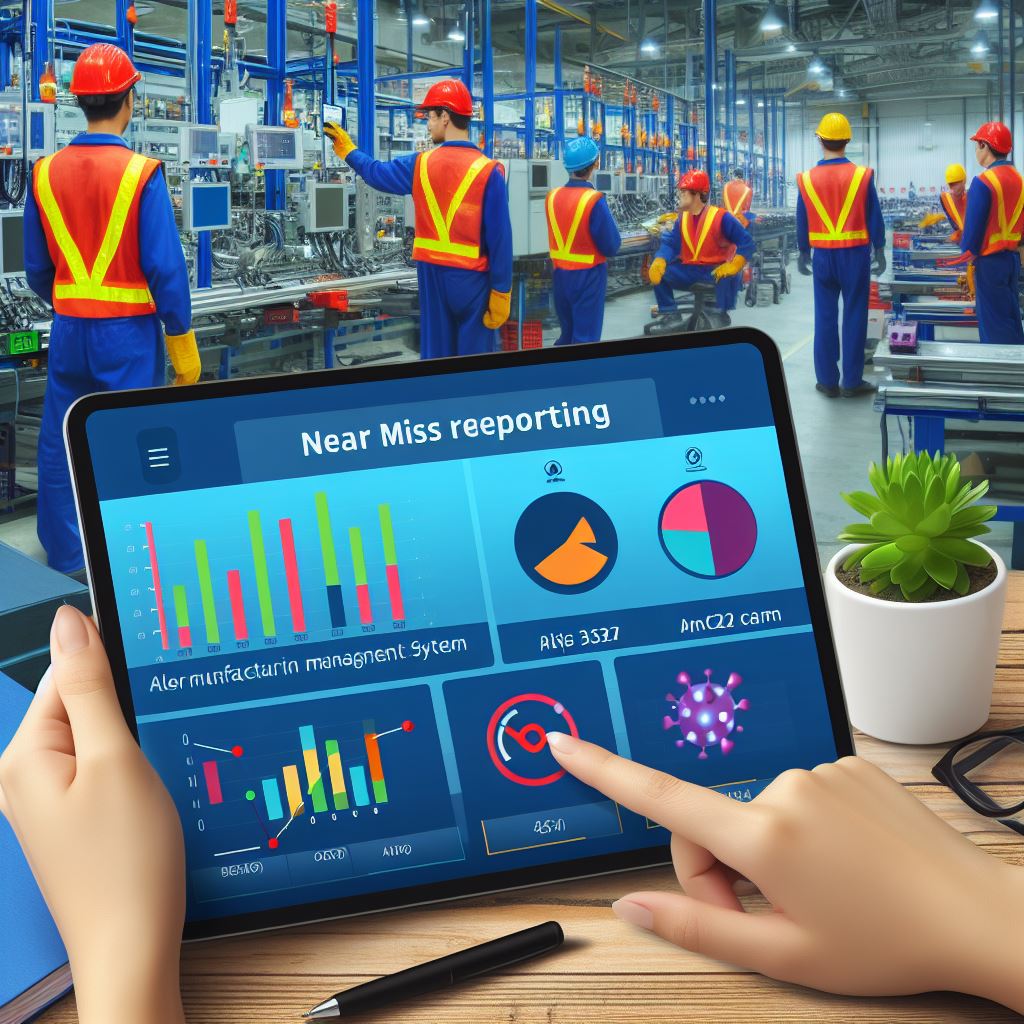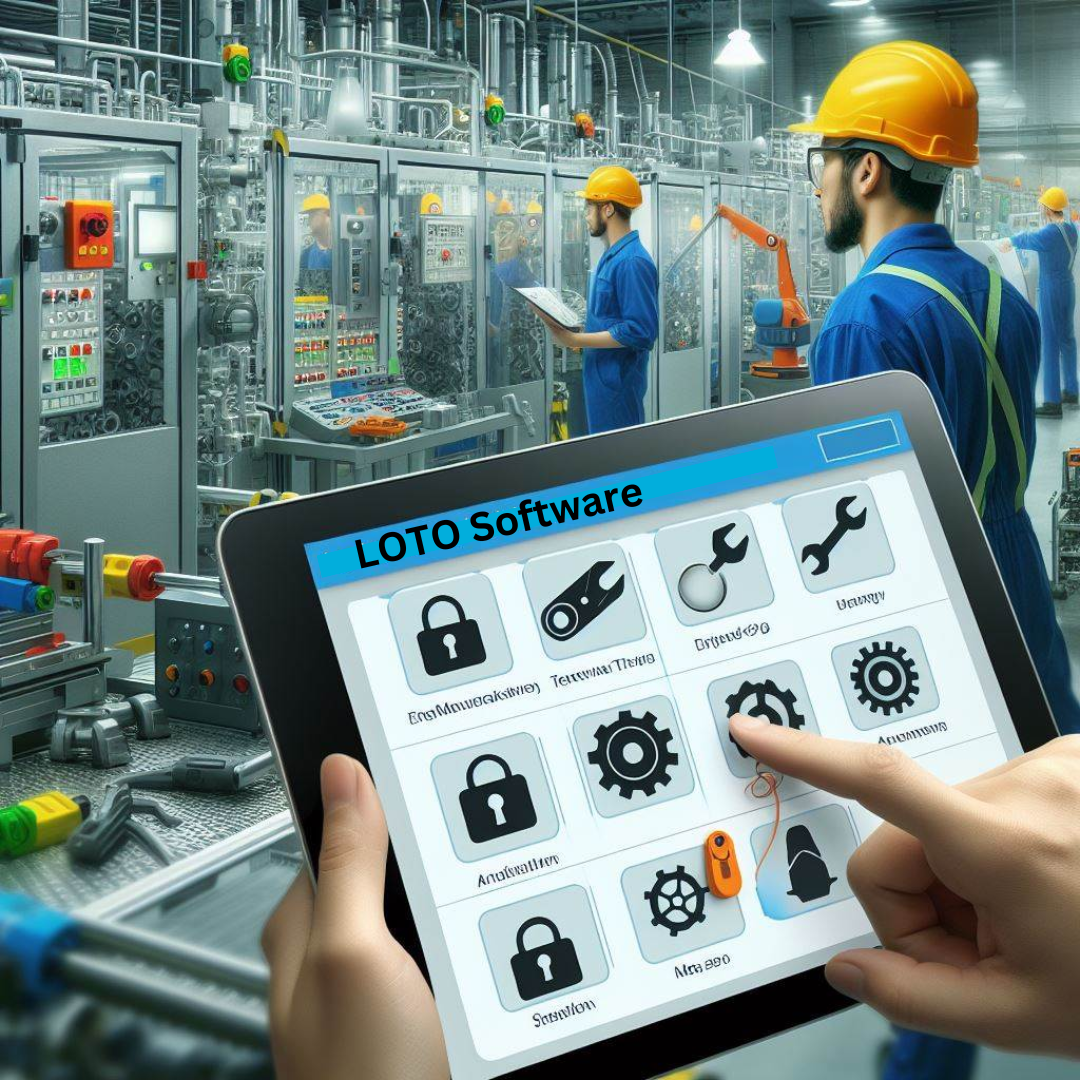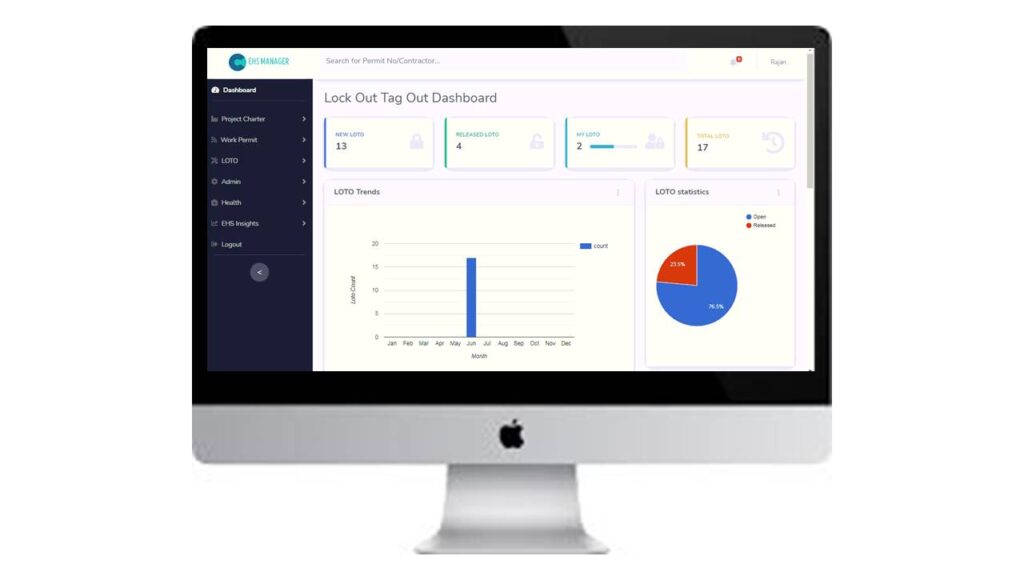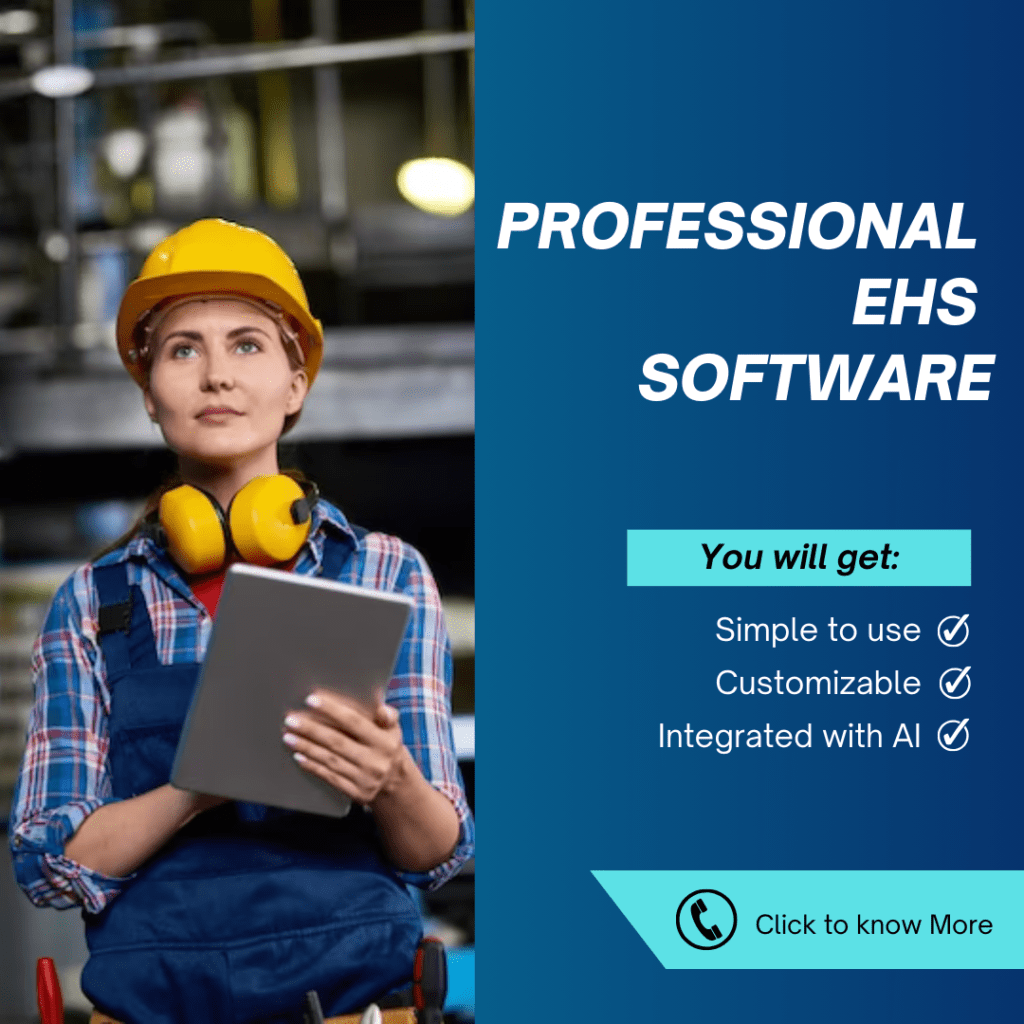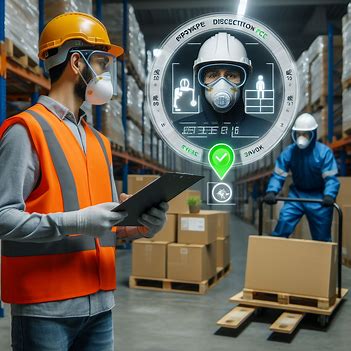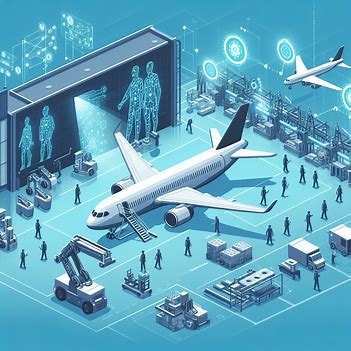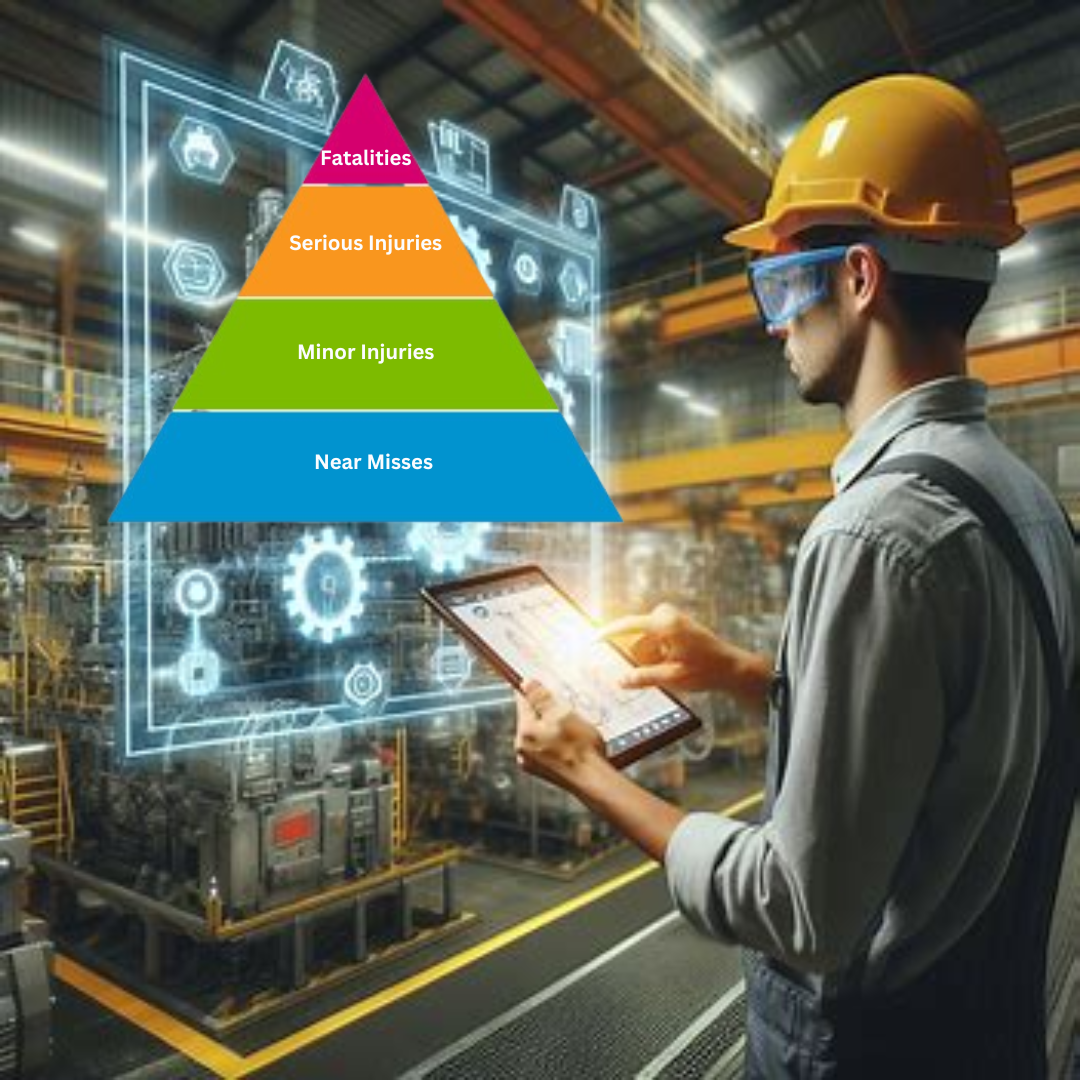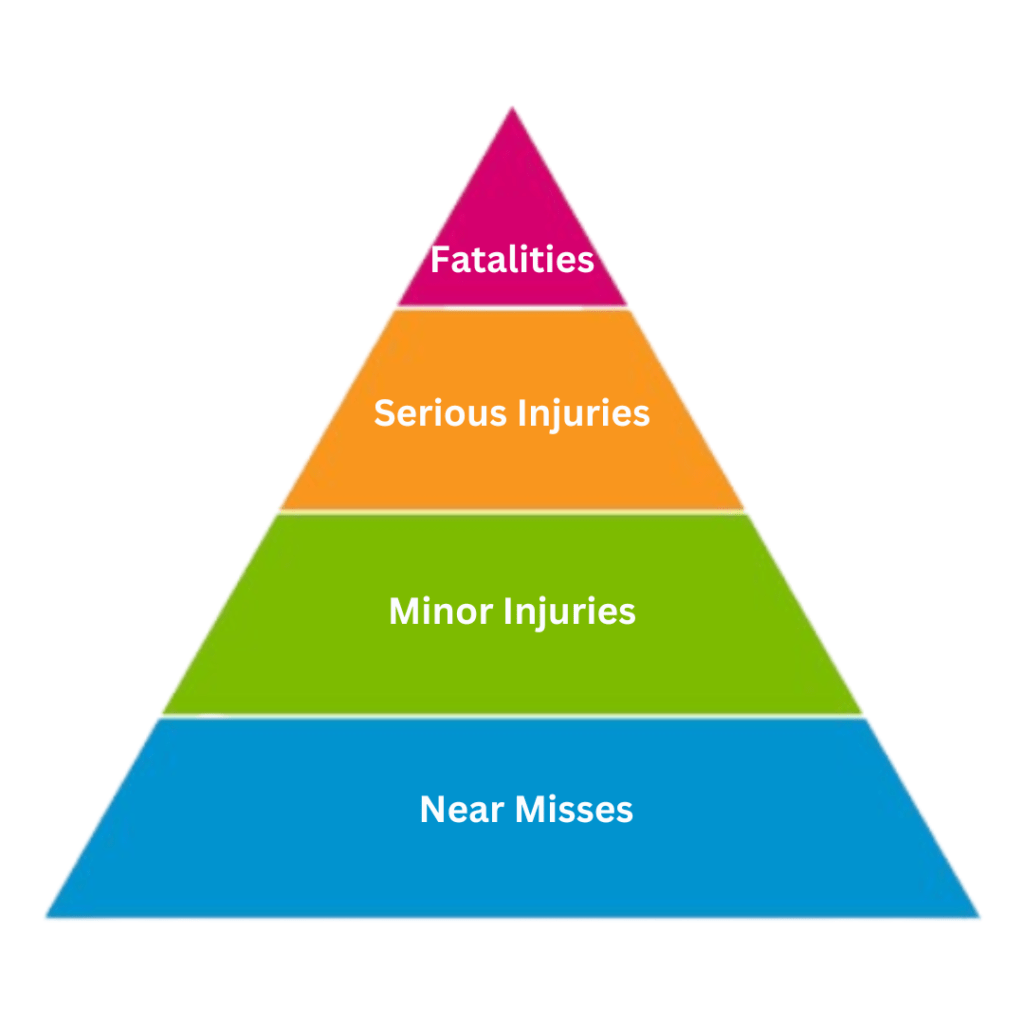How To Choose Incident Management Software
INTRODUCTION
Incident reporting is the important feature of Environment Health and Safety(EHS) which is used by the industrial management to Investigate the exact root cause of an incident that happened when? why? and how? it occured to record and report the incidents so that to prevent it happening in the feature with suitable precautionary measures.
WHY TO CHOOSE INCIDENT MANAGEMENT SOFTWARE?
Safety incident tracking software is the systematic procedure of documenting incidents like accident, illness and near misses cases in industries digitally.
Incident reporting software investigates, captures, records, tracks, notifies and manages all the incidents that occur in the workplace by alerting the workers to follow precautionary measures before work is undertaken.
WHAT TO LOOK FOR CHOOSING INCIDENT REPORTING SOFTWARE?
The companies have to look for advanced features in the form of digital solutions. The main elements to look forward to choose Incident Reporting Software are:
- Cloud Based Incident Reporting: EHS Incident Reporting software enables the workers to record observed incidents for instant response and post incident analysis. It creates a path to team for Real time Communication and Collaboration.
- Tracking Software and Automation: If a company chooses Safety incident tracking software it tracks all the workflows and revert quickly to prevent future incidents. Software automation helps to collect relevant information.
- Safer and Protective: Incident Management safety software helps the companies to create safety and protect workers at the workplace which leads to efficiency of work.
- Root Cause Analysis: Incident investigation software helps the company to analyze and investigate incident root cause with a checklist and why? questions to take precautionary measures for future occurrence.
- Mobile Application: Safety Incident software are accessible through mobile apps that provide alerts to workers that allow them to respond to alerts and collaborate on incidents.
- Digitalized: Incident Reporting Software enables to store all reports digitally which can be easily accessible whenever required. The company can communicate digitally through fax, emails, etc.,
- Minimum Time With Accelerated approval: Cloud Based Incident Report software makes work quick and easy. It reduces burden and saves time by preparing reports digitally on websites with drop down options.
CONCLUSION
Cloud based Incident Report Software enables companies to implement advanced features of digital solution which helps company to avoid incident with future occurrence by providing alerts and notification to workers and follow precautionary measures the leads company to minimize cost with increased productivity to achieve company objectives. To keep the workplace safer, healthy and protective Incident Management Safety Software plays a prominent role to avoid the incidents by giving automated alerts and notification to workers digitally and making workers follow precautionary measures about the incidents.
Safety Incident Software benefits the companies by avoiding incidents that lead the company to save cost, increase productivity, and work efficiently and effectively to reach desired goals.


